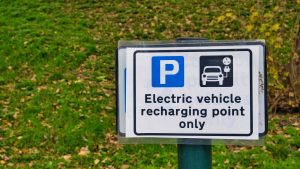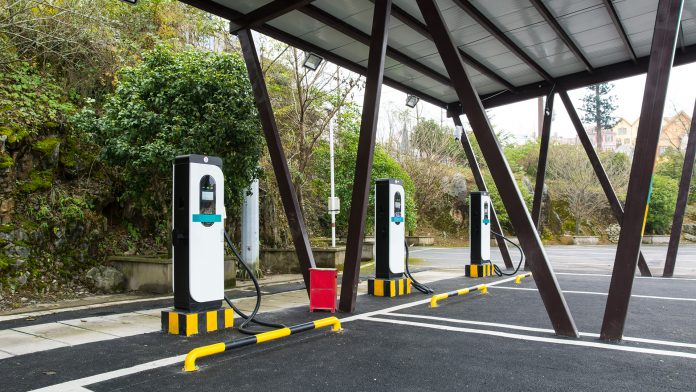Will David, CEO of Clenergy EV, explores how innovative public EV charging software is crucial for a seamless driver experience.
Public EV charging may be, quite rightly, on the list of the government’s priorities to ensure the UK’s seamless transition to electric vehicles (EV). After all, to encourage further adoption, both charge and range anxiety need to be the last thing on both consumer and commercial drivers’ minds.
The EV industry has been picking up the pace regarding the rollout of this extensive national infrastructure project. The latest data from Zapmap confirms that over 50,000 public chargepoints should now be available for UK EV drivers – consumer and commercial – to charge up their vehicles. A further 250,000 need to be up and running to meet the UK Government’s 2030 target.
To ensure the UK moves forward from early adopters to early mainstream users, the EV industry must improve the customer experience for all EV drivers when charging up their vehicles.
Not all public EV charging experiences have been created equal
The hardware in the ground is only one part of the public EV charging puzzle. It can power up an EV and provide access to basic charge data. However, purpose-built EV charging software and partnerships provide vital features such as contactless payment, driver roaming, and easy ways to manage and maintain a network to make EV charging more convenient, easy and equitable.
Equipping EV chargers with contactless payment terminals is essential to improving the user experience of EV charge point sites and keeping drivers happy. With contactless payments, customers can charge their car, pay for the usage using any card, and drive off quickly.
However, it is not always that easy. Multiple EV chargepoint payment apps and cards are available to EV drivers, and they are not always interoperable – which can often mean drivers turn up to a free chargepoint only to discover they need to download and register with another provider.
This simply isn’t practical for a positive public EV charging experience. There is a solution.
EV eRoaming and contactless payment partnerships can open up the public chargepoint network for drivers
EV charging software and solution providers are collaborating with industry partners. The goal is to help chargepoint operators accept all types of contactless payments via touchscreen terminals that provide billing, payment information and instant receipts.
For example, Clenergy’s recent strategic partnership meant that up to 4,000 new public EV chargepoints from brands such as Dragon Charging, EV Dot, Nest, and Era SuperCharge were added to Octopus Electroverse and made available to its customers with just one tap of their app or card.
The EV software and solutions company also has ‘e-roaming’ partnerships to help its registered drivers with the likes of Shell Recharge, Total, Ionity, Osprey, Charge Point Inc., EVBox, and Power Dot, amongst others.
This means EV drivers can now take advantage of 250,000 chargepoints across 41 European countries using its EV app, their bank card, Apple or Google Pay, or a pre-loaded Clenergy card in case of a Wi-Fi blackspot.
Regarding meeting e-roaming requirements, software providers are working on signing cross-industry deals with network providers to give their users access to a huge range of chargepoints beyond the UK and across Europe.
This offers access to greater flexibility and convenience when it comes to finding and accessing the nearest public EV chargepoint – which will, in turn, help to further accelerate the adoption of commercial and consumer electric vehicles.

It’s not just EV drivers who benefit. Contactless payments enable charge point operators to monetise their chargers easily, ensuring that drivers will no doubt use their chargers again in the future.
The EV industry is at a pivotal moment in the rollout of an effective public charging network
The transition to electric will only be truly successful if the UK can offer EV drivers a positive charging experience. It’s clear that EV software plays a critical role in ensuring this happens.
By offering EV drivers better flexibility to plan their journeys based on the availability of compatible public EV charging stations and providing payment processes that work, even in remote areas with poor signal.
EV software is giving drivers confidence that if they need to charge at any point in their journey, a variety of options are available, which is going some way to helping the wider EV industry to address potential issues like EV driver charge and range anxiety.









